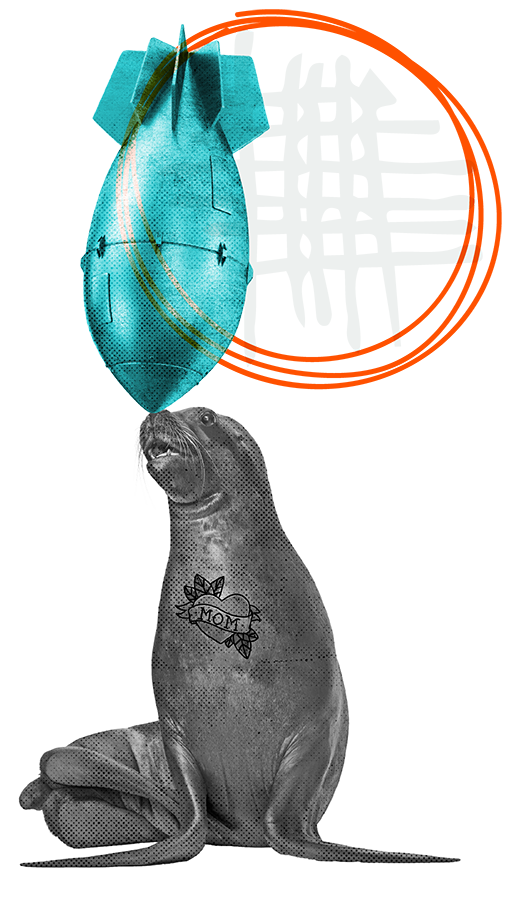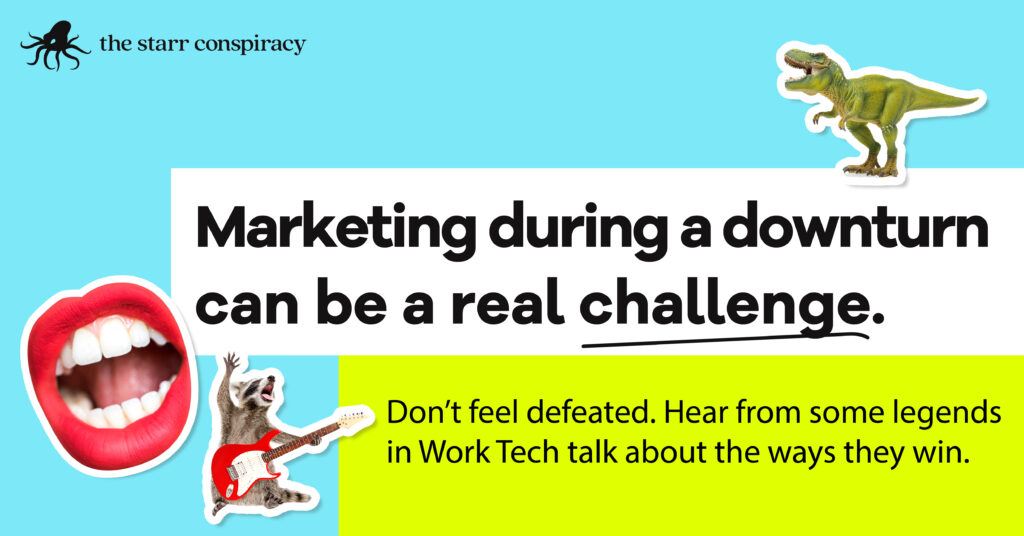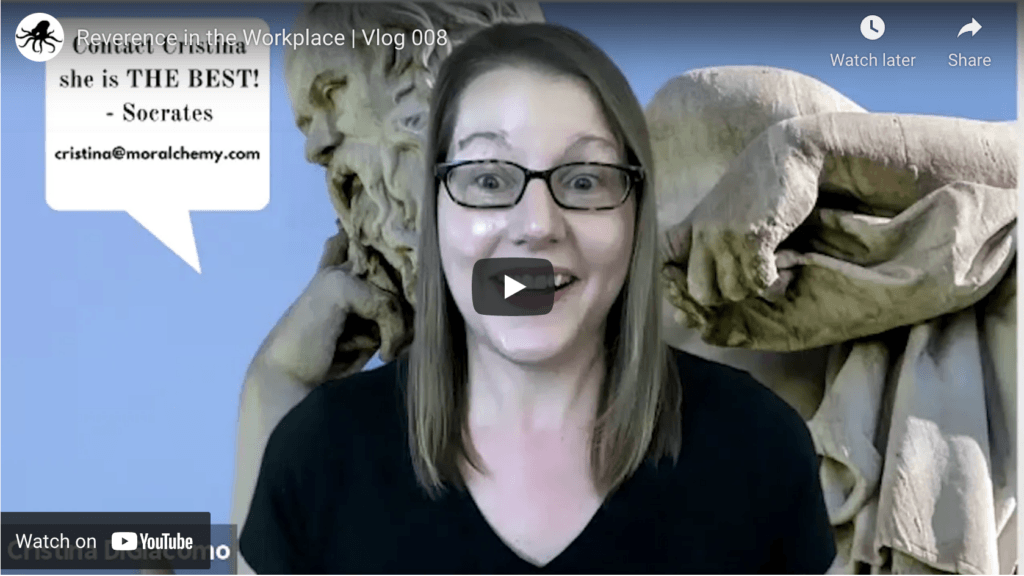A lot of talk has circled around the idea of “experience,” but what does it mean? Even more challenging, how do you analyze it to know whether you’re creating a good experience for your customers, employees, and shareholders?
One such framework for doing so could come from the world of religion. I know, I know. Hear me out. It’s called placemaking, and it has some import for business leaders.
In academic theology, a nascent concept has been growing in the background of those wood-paneled halls. One theologian leading this idea happens to be a friend of mine, Dr. David Larsen. David is a senior research fellow at the Kirby Laing Center for Public Theology in Cambridge, and last year he defended his dissertation on the topic of place and placemaking.
Think about it like this. What is a place? Philosophical geographers have identified that a place comprises three characteristics: location, locale, and sense of place.
Location
A location is just a place’s point on a map. It situates you where you are in relation to everything else. For example, New York City has GPS coordinates of 40° 43′ 50.1960” N and 73° 56′ 6.8712” W. But that doesn’t tell you much about the place.
Locale
A place is more than its location. From those GPS coordinates, I’ve written elsewhere, you don’t see rays of sunset painted across an old church, you don’t hear the guy handing out mixtapes in Times Square say you look like a surgeon, and you don’t smell the overnight trash or the fresh bagels or the hydrangeas in Riverside Park. Yet that doesn’t tell you about what someone truly values about a place.
Sense of place
A sense of place helps us understand the memories and relationships within a place. It’s the difference between a house and a home. We usually think of a place as a locale and then immediately our minds careen into the sense of that place, how we felt that one time we were there and the memories we made.
But a place includes even more than that. It also has a way it is seen, ideologies contending for that place, “the other” embedded in there, and the intended purpose of that place for the future. These are called firstspace, secondspace, thirdspace, and futurespace, respectively.
David defined these in his dissertation, building on the work of philosophers Edward Soja and Henri Lefebvre, this way:
Firstspace
“Firstspace,“ he wrote, ”represents place as perceived by the human senses, noticing the locale. This perspective focuses on the ‘real’ material world.”
Secondspace
“Secondspace,” he continued, “represents an interpretation of that same place based on the dominant ideology, the designer’s (personal, cultural, governmental) intentions, the expressions and representations of the designer’s vision for the environment and the people who live there.”
Thirdspace
“Thirdspace, which is the space of the Other (any third individual), represents the same place as it is lived and experienced by others, taking into consideration the presence of many ‘others,’ all of whom have points of view and needs. The process that assesses thirdspace is what Soja calls ‘thirding-as-othering.’”
Futurespace
“Futurespace,” a term David coined, “can be defined as a present sense of place in the viewer when that person views a place through” certain beliefs about that place’s ultimate future.
Experience framework
The executive director of the Kirby Laing Center, Dr. Craig Bartholomew, says, “We make places, but places make us.” That includes how our places impact animals and the environment, not just buildings, parks, or software.
Viewing the different places around us using this framework gives us a lens through which we can analyze how we’re building the experiences we’re creating.

Applications for businesses
So, how does this apply to business leaders and the products and services we sell?
Think of Disneyworld and the magic that their Imagineers create there. They focus not only on the rides and attractions, but they also focus on the smells, the music, or the folded toilet paper in your hotel room. They think of everything to give you and your kids the right sense of place.
We could do the same with marketing and software.
For example, a marketing campaign has a location (in your inbox or on a billboard), a locale (animated ads or bright, arresting colors), and a sense of place (urgency! delight!). But a campaign also has firstspace (like sight or touch), secondspace (like diversity or sustainability), thirdspace (the experience of others, like whether it’s accessible to people with disabilities), and a futurespace (the vision the campaign casts for a better world ahead).
The concept of placemaking is revolutionary. The longer it sits with you, the more you see its application to literally everything in your life. It easily moves from the halls of academia to the products shipped to your door, from philosophy to politics, ethics, economics, and more.
A placial framework can be useful whether you’re considering updating your organization’s mission and values or whether you’re shipping a new product or campaign. They can impact initiatives surrounding DEI or stakeholder capitalism, integrating the employee experience (EX), customer experience (CX), and shareholder experience (SX).
So, what kind of place do you want to create, and how will it impact others?





